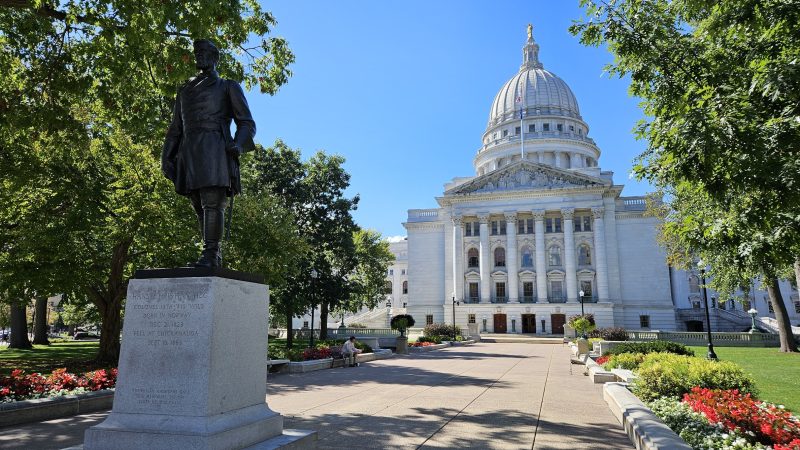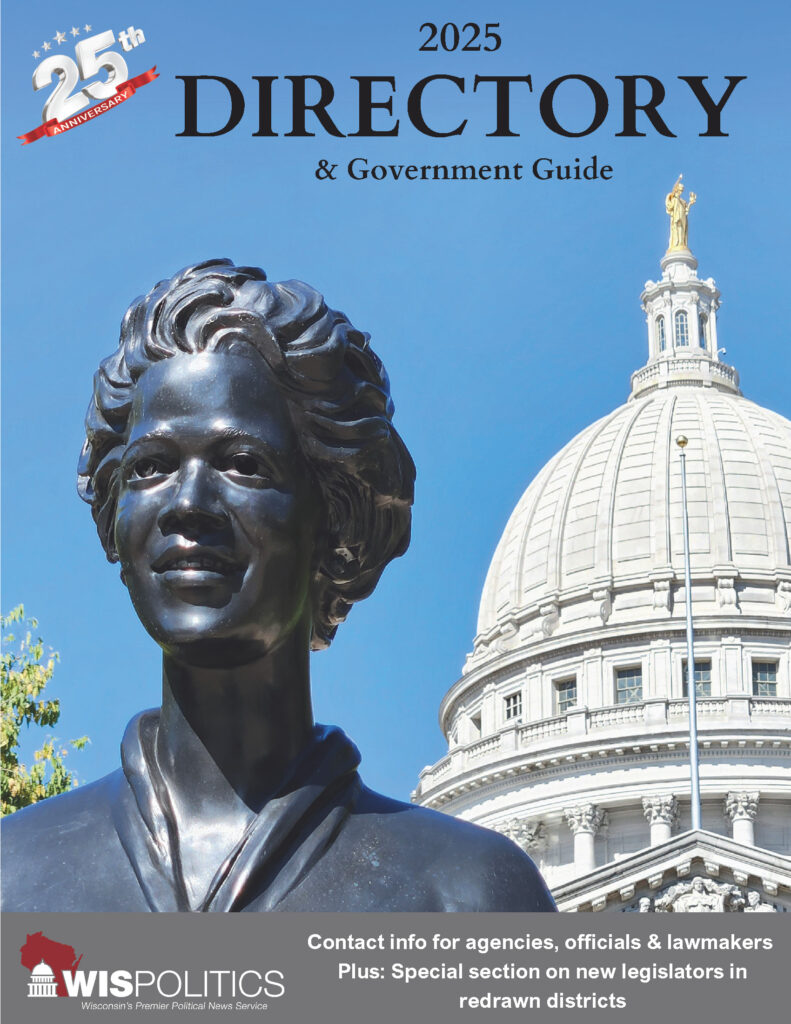While Wisconsin receives less per resident from the federal government compared to other states, cuts to that funding could still have significant impacts. That’s particularly true for seniors, veterans, students, the disabled, and low-income families, according to a new Wisconsin Policy Forum report. The report largely relies on 2022 data on federal taxes and spending from the Rockefeller I...
Please log in to access subscriber content.
If you don't have a subscription, please contact schmies@wispolitics.com for subscription options on the WisPolitics-State Affairs platform, which is the new home for WisPolitics subscriber products.



